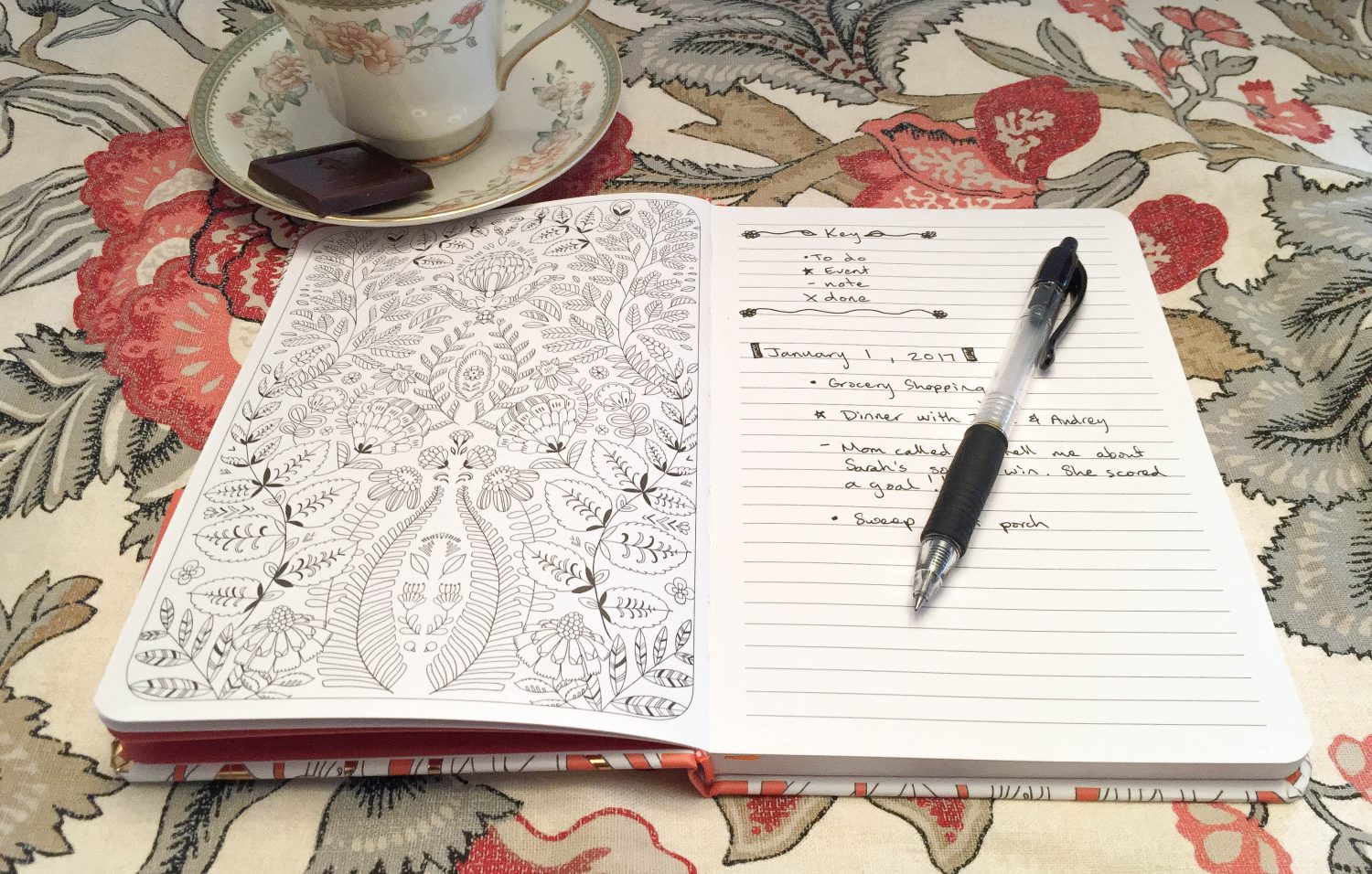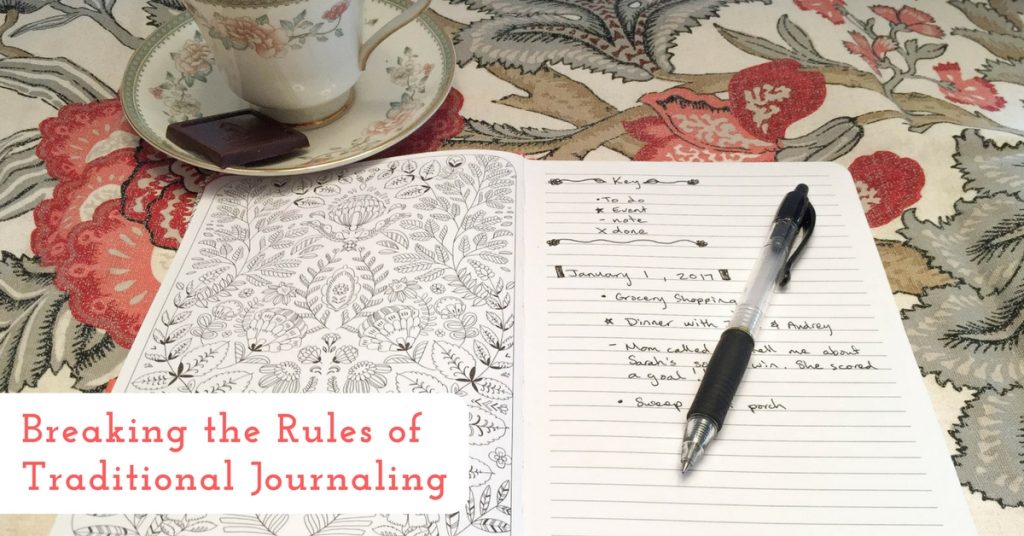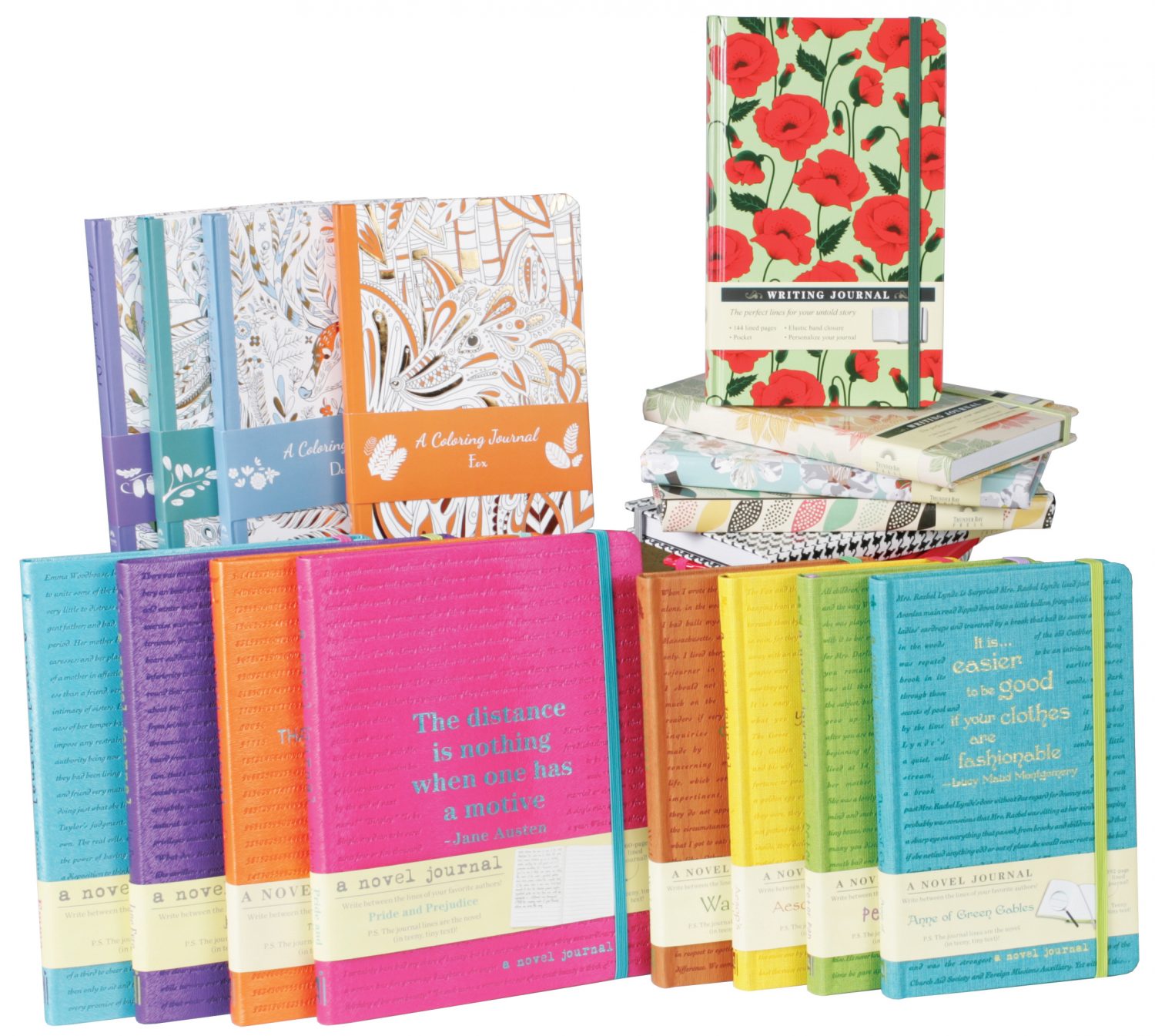Taking a few minutes to record your thoughts on a daily or weekly basis can help you maintain a positive attitude. Whether you choose to write about significant events or simply track to-do lists, journaling is a mindful and reflective activity with benefits that extend into our everyday lives. There are no rules for keeping a journal—you can mix and match the many types of journaling to create a living document that grows with every stroke of the pen.

Gratitude Journaling
In gratitude journals, you write about what you are thankful for—an entry can be as simple as a single word, or a list of several things that you appreciated that day: a greeting from a stranger, the warm sunshine, a reassuring hug. Reflecting on the positives in a gratitude journal serves as a reminder that each day brings its own special moments.
Stream-of-Consciousness Journaling
For those who prefer to flout the rules, a stream-of-consciousness journal is the ideal way to put thoughts to paper. Entries can take the form of brief sentences, lengthier observations and reflections on the day’s events, overheard song lyrics, or even snippets of conversation—in other words, anything goes!
Bullet Journaling
A bullet journal is perfect for those who like to make to-do lists; it serves as a hybrid organizer/diary. For each day, month, and year, write down a list of short entries for your goals, activities, upcoming plans, and important tasks, each preceded by a bullet—a small symbol such as a circle, check mark, dot, or star—to indicate the type of entry you’ve made in your journal. As you progress through the days and weeks, you can track the tasks you’ve completed and also look forward to special events that are just around the corner.
Memories Journaling
Memories journals have the potential to influence not only our own lives but the lives of our loved ones as well. Record special moments from each day or week, comment on current events, and make observations about ordinary things—because many years from now, those memories will be fascinating to read and could become a treasured family keepsake.
Creative Journaling
For the artistically inclined, a creative journal is an interesting alternative to the traditional journal written in longhand. On each page, you can add doodles, photographs, miniature paintings, and even mementos such as ticket stubs or postage stamps from countries you’ve visited. Intersperse the creative elements with a few captions and you’ve got a striking visual diary!
Personal Development Journaling
If you’ve set a goal for yourself, tracking your progress in a personal development journal will help you stay focused. By noting your thoughts and feelings each day, you can keep the end result in mind and weather the ups and downs of the journey. Periodically look back to where you were a few months ago to remind yourself of how far you’ve come, and renew your dedication to achieving what once seemed impossible.
Journals from Thunder Bay Press and Canterbury Classics are suitable for all types of journaling, and their size makes them easy to carry around so that you can record your thoughts anytime, anywhere.
Coloring Journals: Created for people who like to color lovely illustrations between brilliant thoughts.
Novel Journals: The lines of each of these journals is tiny print encompassing the text of classic novels. There is no better inspiration that the words of great writers of the past.
Traditional Journals: Choose a cover that appeals to your artistic nature and fill the pages with your untold stories.








